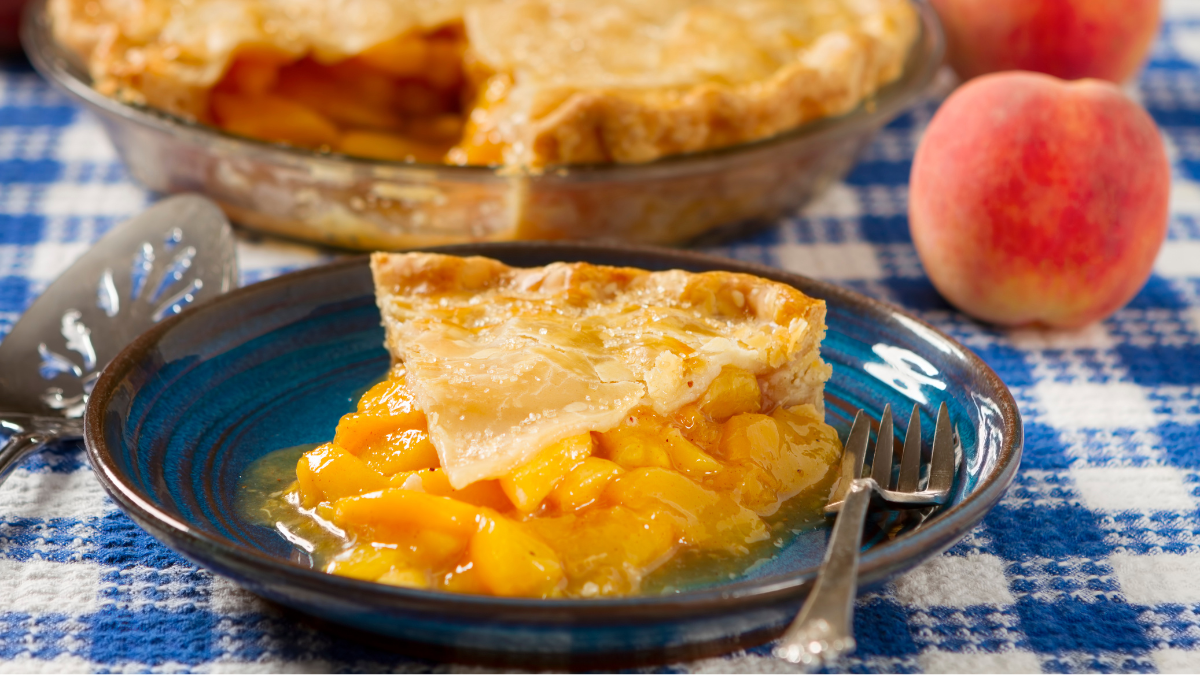There’s no better way to celebrate the special women in your life than by creating…

3 Ways To Use Leftover Foods in Your Meals
You cut up the heads of broccoli and toss the stalks, or finish off a plate of rotisserie chicken and ditch the bones. Sound familiar? Just think of how often you might be tossing perfectly good sections of foods, assuming that they’re waste.
It turns out, there are various ways to repurpose leftover foods, using them for elegant, savory dishes that can take the nutritional value up a notch. Plus, it’ll help you save money, too, where you’re getting a greater bang for your buck.
Here are 3 ways to use leftover pieces from your favorite foods—no garbage needed.
As a Stock
Don’t toss those chicken bones—you can use them as a hearty, protein-packed stock in soups and stews. There are many benefits to eating bone broth, such as providing anti-inflammatory properties, protein, and lots of vitamins and minerals.
You can also create a vegetable stock from celery hearts and the bottoms of asparagus. So, after chopping up celery for crudité and salads or asparagus for quick stir-fry dishes, hold onto those underused segments.
In a Smoothie
When you’re whipping up your morning smoothie or post-workout shake, mix things up by using uncommon ingredients from leftover food scraps. Add watermelon rind or pineapple core to smoothies—it’ll blend up nicely and add some serious nutrition.
In fact, most of the nutrients in watermelon are in the rind, and the core of pineapple is the only place that contains the enzyme, bromelain, to improve digestion and reduce inflammation.
You can also use carrot tops. Just make sure they are washed properly, as there tends to be excess dirt on the tops, as carrots grow in the ground.
Plus, save your banana peel from the smoothie. The peels can be boiled with cinnamon for a tea—you just steep in hot water and it’ll help you snooze in the evening. A tip? Go for a yellow peel that isn’t too brown and ripe.
In Pasta
Add some pizazz to your pasta dish by using pea tendrils and stalks from broccoli, cauliflower, and celery. For instance, the Albert offers the dish, Calabrian Chili Campanelle, with Snow Peas, Pecorino & Preserved Meyer Lemon. The pea tendrils can really elevate this dish and add some powerful flavor.
You can also use beet greens to sauté with the pasta, to add some volume and minerals, such as iron and calcium, for a healthier touch.
Interested in dining at the Albert? You can easily book a reservation.


